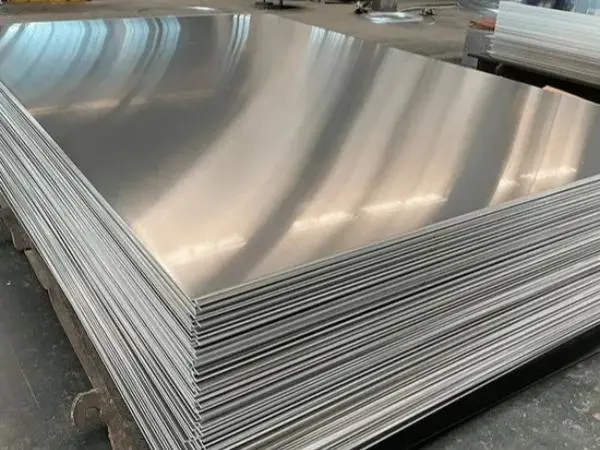- Phone0086 731 8564 8255
- E-mailsales@cscsteel-manufacturing.com
-

The density of carbon steel plates typically hovers around 7.85g/cm³, though it can fluctuate due to various factors such as carbon content, heat treatment, and manufacturing processes. While this value serves as a general reference, the actual density can vary slightly based on specific conditions.
Continental Steel Co.,Ltd is professional carbon steel plates manufacturer, for more details, please contact:sales@cscsteel-manufacturing.com
Understanding the Density of Carbon Steel Plates
Carbon steel plates are widely used in construction and industrial applications, and their density is a critical physical property. Under standard temperature and pressure conditions, the density of carbon steel is approximately 7.85g/cm³. However, this can change based on the amount of carbon in the steel. For instance:
Low Carbon Steel (0.1% carbon) has a density close to 7.85g/cm³.
Medium Carbon Steel (0.4% carbon) and High Carbon Steel (1% carbon) have slightly lower densities, at 7.82g/cm³ and 7.81g/cm³, respectively.
These variations are primarily due to the different alloy structures formed when carbon combines with iron, altering the steel's density.
Factors Influencing the Density of Carbon Steel Plates
- Carbon Content
The amount of carbon in the steel plays a significant role in determining its density. Generally, the higher the carbon content, the greater the density, as carbon atoms influence the lattice structure of the material, increasing its mass per unit volume.
- Heat Treatment
Heat treatment, such as quenching, can slightly increase the density of carbon steel plates. This is due to changes in the crystal structure of the steel, which leads to a denser arrangement of atoms.
- Manufacturing Process
The method used to produce the carbon steel plate can affect its density. Processes like rolling, calendering, and extrusion modify the shape and size of the steel plate, thus influencing its overall density.
- Other Factors
Environmental conditions such as temperature and pressure also impact the density. At high temperatures, the steel expands, leading to a reduction in density, whereas in colder environments, the steel contracts, which increases its density.
Why Understanding Density Matters
- Accurate Production Planning
For manufacturers, knowing the precise density of steel plates with varying carbon contents allows for more accurate estimation of raw material needs and product weight. This aids in creating more efficient production schedules, optimizing material usage, and controlling costs.
- Ensuring Product Performance
The density of a carbon steel plate is closely tied to its mechanical properties. Plates with moderate density typically exhibit a balance of strength and hardness, making them suitable for various engineering applications. By understanding density, users can select the most appropriate steel plates for their specific needs, ensuring the desired quality and performance.
- Optimizing Transportation and Installation
The weight of carbon steel plates directly impacts transportation and installation costs. By accurately calculating the weight based on density, manufacturers and construction teams can plan more cost-effective logistics, reduce transportation expenses, and choose suitable installation equipment, improving overall efficiency.
- Promoting Energy Efficiency and Sustainability
With growing attention on sustainable construction and energy conservation, lightweight design has become increasingly important. By understanding the density of carbon steel plates, engineers can choose materials that meet performance requirements while supporting green building practices and reducing environmental impact.




